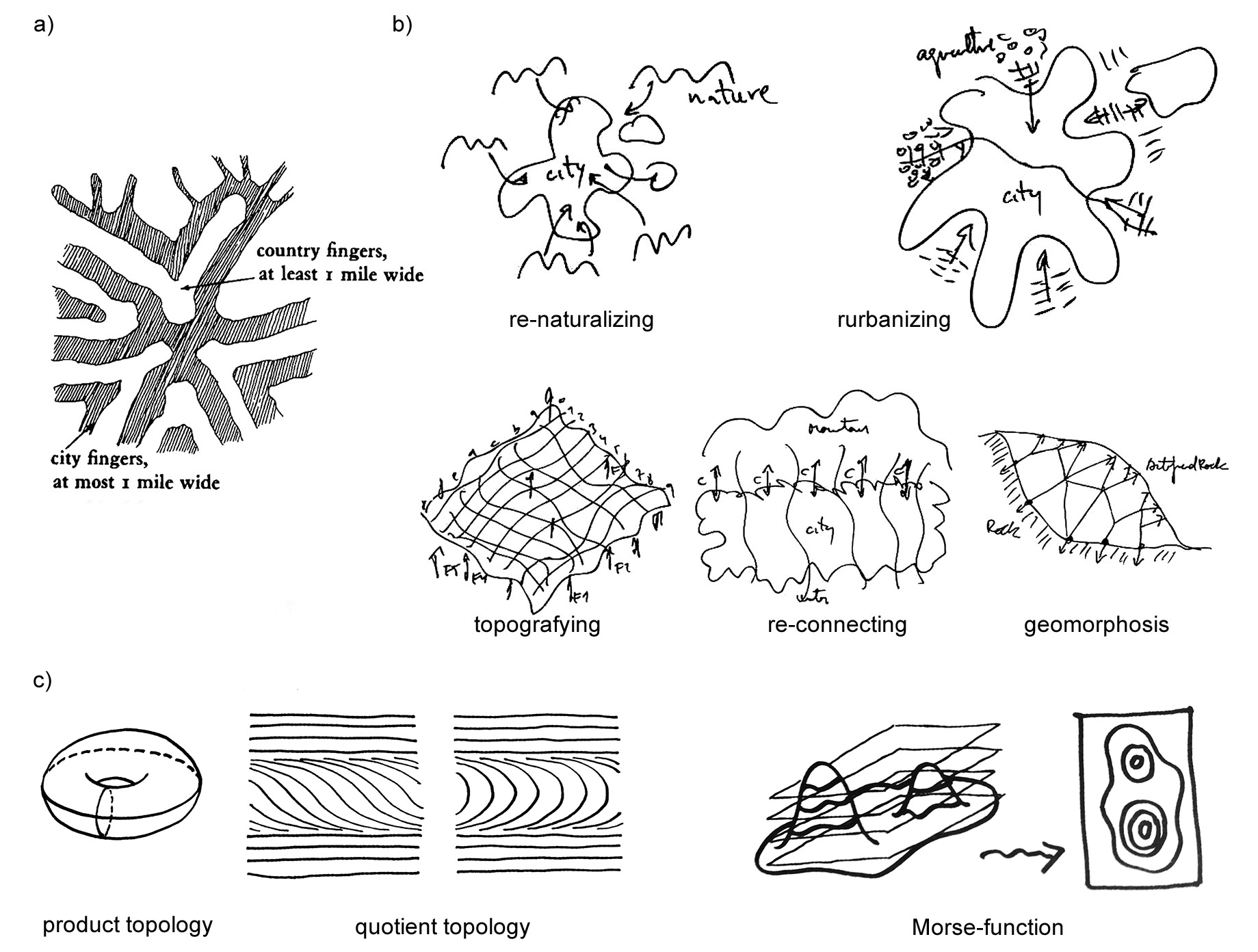ARK-E2520 - Design of Structures Theory D, Lecture, 25.10.2022-29.11.2022
This course space end date is set to 29.11.2022 Search Courses: ARK-E2520
Topic outline
-

The course Design of Structures_Theory explores the theoretical grounding of the digital and the notion of structure as an organizational principle in architecture. Based on weekly readings and discussions the digital approach to design thinking and its impact on our understanding of architecture will be investigated. Various topics will be explored in more depth through a number of short weekly writings.
Prerequisite: completed Bachelor studies
Credits: 3 ECTS
Number of participants: max 30
This course is an online course. The weekly meetings on Tuesday, 9:15-11:45 will use the following zoom-link: https://aalto.zoom.us/j/63525439191.
Schedule
- Reading_A
- 25.10.2022 Lecture: Introduction (pdf)
- Reading_I
- Reflection_I
- 1.11.2022 Group Discussion: Digital Design Thinking I: 1990s
- Reading_II
- Reflection_II
- 8.11.2022 Group Discussion: Digital Design Thinking II: 1960s
- Reading_III
- Reflection_III
- 18.11.2022 Group Discussion: Topology (discussion_topology)
- Reading_IV
- Reflection_IV
- 22.11.2022 Group Discussion: Pattern
- Reading_V
- Reflection_V
- 29.11.2022 Group Discussion: Material Computation
Additional Reading on Architecture Theory
Nesbitt, Kate: Theorizing a new agenda for architecture theory 1965-1995, Princeton University Press, 1996
Mallgrave, Harry F. & Goodman, David: An Intro to Architecture Theory, Wiley, 2011
Hale, Jonathan A.: Building Ideas, Wiley, 2000
Assessment
Regular attendance and active participation at the group discussions is expected. The grading is based on in-time submission of at least four reflections (90%) as well as active participation in the discussion (10%). The overall grading follows the scheme defined by Aalto University:
5: outstanding (exceeds expectations)
4: very good (fulfils all expectations to full extent)
3: good (fulfills all expectations with minor shortcomings)
2: satisfying (major shortcomings in some areas)
1: acceptable (major shortcomings in almost all areas but meets minimum level)
0: not acceptable (major shortcomings in almost all areas)
